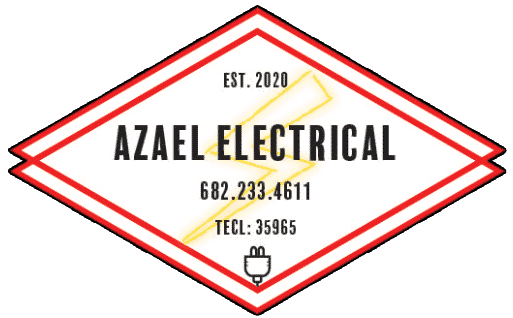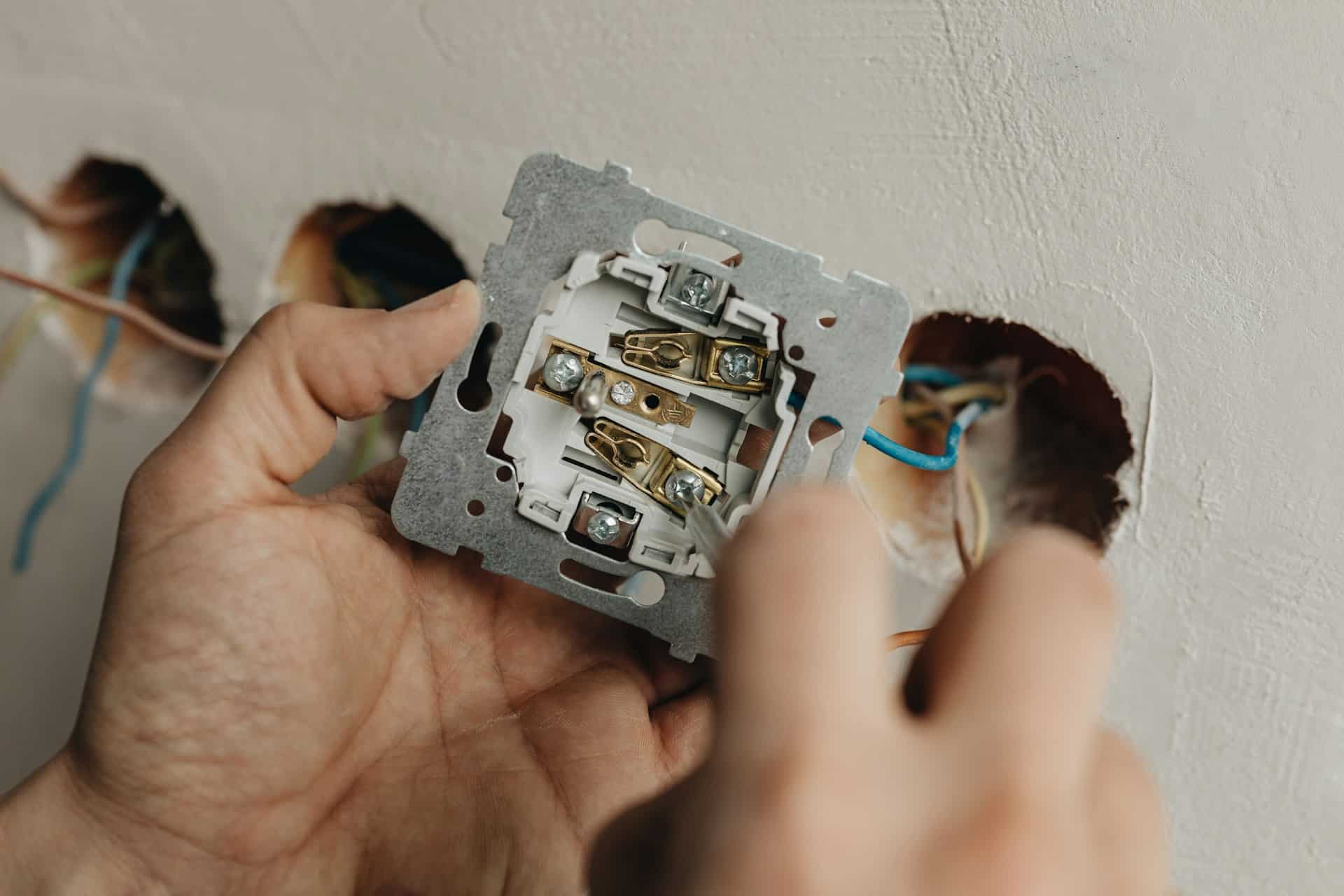Dealing with electrical problems can be frustrating and even a little scary. However, not all issues require a call to the electrician. Some problems, like a tripped breaker or flickering lights, can be fixed quickly and safely if you know what you’re doing. Troubleshooting these issues can save you time and money, and it’s not as difficult as you might think.
This guide covers some of the most common electrical issues you might encounter at home. From tripped circuit breakers to flickering lights and dead outlets, we’ll walk you through the steps to diagnose and fix these problems yourself. Knowing how to handle these situations can give you peace of mind and keep your home running smoothly. Let’s dive in and learn how to troubleshoot and fix these common electrical problems.
Tripped Circuit Breaker
A tripped circuit breaker is a common issue in many homes. Circuit breakers trip to protect your electrical system from damage due to overloads or short circuits. When too much current flows through the circuit, the breaker detects and shuts off the power to prevent overheating and potential fires.
How to Reset a Tripped Breaker:
1. Identify the Breaker Panel: Locate your home’s breaker panel. It’s usually found in a garage, basement, or utility room.
2. Find the Tripped Breaker: Open the panel and look for the breaker that is in the “off” position or positioned between “on” and “off.”
3. Turn Off Connected Devices: Before resetting the breaker, turn off any devices or appliances connected to the tripped circuit. This reduces the load when you reset the breaker.
4. Reset the Breaker: Firmly push the breaker to the “off” position first, then switch it back to the “on” position. You should hear a click indicating it’s reset.
5. Test Your Devices: Turn on the devices individually to ensure the breaker doesn’t trip again. If it does, there might be a more serious issue causing the overload, and you should consult a professional.
Flickering Lights
Flickering lights can be both annoying and concerning. They often indicate a minor issue, but sometimes they signal a more serious electrical problem. Here are some common causes of flickering lights and how to fix them:
1. Loose Bulbs: Sometimes, the light bulb simply isn’t screwed in all the way. Turn off the light, wait for the bulb to cool, and gently tighten it.
2. Faulty Switches: If the flickering happens when you use a particular switch, the switch might be worn out. Try replacing the switch to see if that solves the problem.
3. Worn-Out Bulbs: Older bulbs can flicker before they burn out completely. Replace the bulb with a new one to see if it makes a difference.
4. Voltage Fluctuations: There could be a voltage fluctuation if multiple lights flicker simultaneously. Plug a lamp with an incandescent bulb into different outlets to test for stability. If flickering persists, it might be best to call an electrician.
5. Loose Wiring: Loose or frayed wires can cause flickering lights and pose a fire hazard. Inspect the wiring if you’re comfortable, or hire a professional to check it thoroughly.
Identifying the cause of flickering lights and addressing them promptly can help maintain a safe and well-functioning electrical system in your home. Most fixes are simple, but if you encounter more complex causes like voltage issues or loose wiring, it’s vital to get professional help to ensure safety.
Dead Outlets
When an electrical outlet stops working, it can indicate various issues. Causes can range from a tripped circuit breaker or a blown fuse to loose wiring or a faulty outlet. Understanding the root of the problem is crucial in finding a solution.
How to Safely Troubleshoot and Fix a Dead Outlet:
1. Check the Breaker Panel: First, check if the breaker associated with the dead outlet has tripped. If it has, follow the steps to reset it.
2. Test Nearby Outlets: Plug an appliance into nearby outlets to see if they work. If multiple outlets are dead, the issue could be a more significant wiring problem.
3. Inspect the Outlet: Turn off the power to the outlet at the breaker box. Remove the outlet cover and use a voltage tester to ensure the power is off.
4. Look for Loose Wires: Examine the wiring for any loose or disconnected wires. Tighten any loose connections, but avoid touching bare wires.
5. Replace the Outlet: The outlet might be faulty if everything else seems fine. Remove the old outlet and install a new one following the manufacturer’s instructions.
6. Restore Power: Once you’ve completed your checks and fixes, turn the power back on and test the outlet with a small appliance to ensure it works.
Light Bulbs Burning Out Quickly
When light bulbs burn out too fast, it can be both annoying and costly. Several factors could contribute to this issue, from using bulbs with the wrong wattage to having poor electrical connections.
Potential Reasons for Quick Burnout:
1. High Wattage: Using a bulb higher than recommended for the fixture can cause it to overheat and burn out faster.
2. Poor Connections: Loose or corroded connections inside the fixture can lead to excessive heat and shorten the bulb’s lifespan.
3. Frequent On/Off Cycling: Turning lights on and off frequently can reduce the life of standard incandescent bulbs.
Tips to Prevent Frequent Burnout:
1. Use Correct Wattage: Always use bulbs with the recommended wattage or lower. Check the fixture’s label for this information.
2. Check Fixture Connections: Ensure all fixture connections are clean and tight. Turn off the power before inspecting.
3. Choose Long-Lasting Bulbs: Consider using energy-efficient LED bulbs, which last longer and handle frequent cycling better than incandescent bulbs.
4. Avoid Vibration: If the light fixture is in an area with a lot of vibration, such as near a door, use bulbs designed to withstand it.
By addressing these issues, you can extend the life of your light bulbs and save on replacement costs.
Conclusion
Dealing with common electrical problems doesn’t have to be daunting. You can safely handle issues such as tripped breakers, flickering lights, dead outlets, and quickly burning-out bulbs with the proper knowledge and tools. Understanding these problems and how to fix them can save you time and money and bring peace of mind, knowing your home is safer and more efficient.
However, it’s important to recognize when a problem is beyond DIY solutions, such as when encountering more complex issues or if your troubleshooting doesn’t resolve them.
For any electrical repair in Arlington, TX, trust the experts at Azael Electrical. We’re here to help with all your electrical needs. Contact us today to schedule an appointment and ensure your home’s electrical system is in shape.

